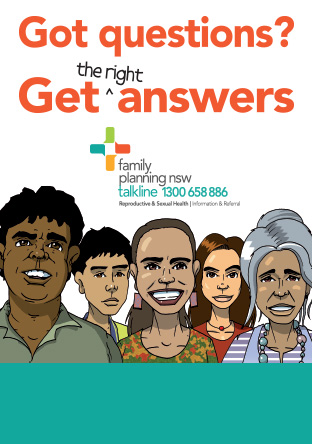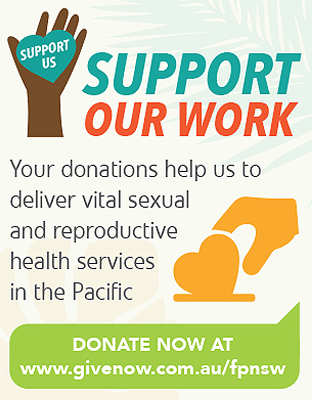Gaps in National Cervical Screening Program Roll Out
NSW doctors, nurses and midwives would benefit from further training on the National Cervical Screening Program, according to new research from Family Planning NSW.
The study published in Public Health Research and Practice, a journal of the Sax Institute, found that one year after the rollout of the National Cervical Screening Program, gaps in understanding of several screening pathways were persistent. The research also revealed that 1 in 10 clinicians had not undertaken any education regarding the renewed national program.
While most clinicians had a good general understanding of the changes, there were significant gaps in knowledge of screening pathways for unvaccinated patients, patients with a total hysterectomy, and under- or never-screened patients.
Over 60 per cent of clinicians were not aware of the management advice for immune-deficient women, and over a third of respondents could not correctly identify which patients qualified for self-collected screening, with one in five clinicians suggesting that this option was available to all.
The National Cervical Screening Program was launched on 1 December 2017, replacing the two-yearly cervical cytology test for women over 21, known as the Pap smear, with a five-yearly human papilloma virus (HPV) cervical screening test for women over 25.
In late 2018, Family Planning NSW conducted a survey of more than 240 doctors, nurses and midwives in the state to uncover the extent of their knowledge of the new program.
"Eliminating cervical cancer is now a global priority, and Australia has done comparatively well in managing the disease so far," Dr Sweeney said.
"However, identifying these gaps in knowledge is critical to ensure the continued success of the program and to inform the development of new clinical education and resources," she explained.
The research also found that knowledge gaps were occurring more commonly in rural, regional and remote areas. Participating clinicians in these areas had, on average, less knowledge of managing symptomatic and unvaccinated women than their metropolitan counterparts.
Family Planning NSW's submission to the Inquiry into health outcomes and access to health and hospital services earlier this year found that people in rural, regional and remote areas of NSW experience cervical cancer at a higher rate, with significantly lower rates of screening.
A Cancer Council NSW study published this month found that just a third of Aboriginal and Torres Strait Islander women are participating in cervical screening, widening the gap in reproductive and sexual health outcomes between indigenous and non-indigenous women.
The National Cervical Screening Program was updated again on February 1, 2021, with the addition of new guidelines for women at an intermediate risk of cervical cancer.
Clinical guidance for these new pathways can be found in the updated Family Planning NSW Reproductive and Sexual Health Handbook or within our accredited courses.
-- ends --
Media enquiries:
P: 0402 880 653


